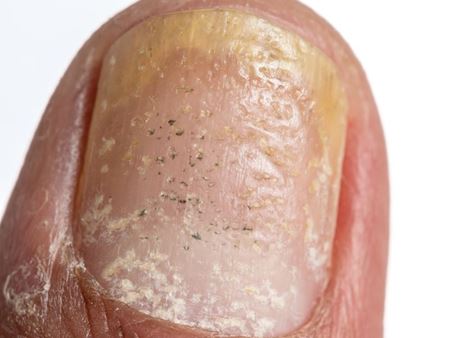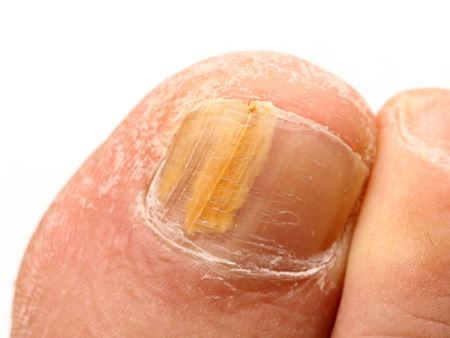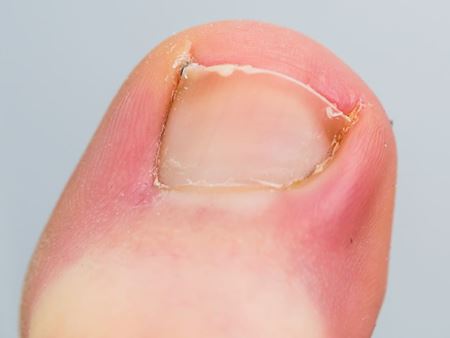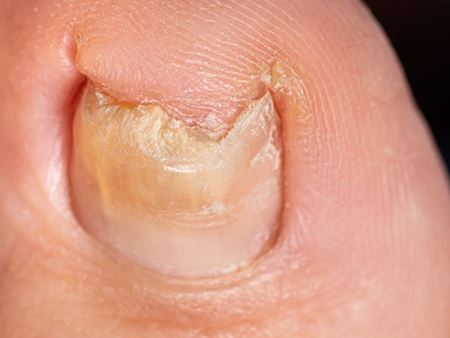Nails
Onychology is the science that studies nails (from ancient Greek: "ὄνυξ, ὄνυχος, ónux, ónukhos" ("nail") and "-λογία, -logía", derived from "λόγος, lógos"("word, speech")
The nail is a terminal annex, that is, a production of apparent keratin like hair. The nails are a heritage from our ancestors that allow to protect the fingertips from various traumas (chemical, biological and mechanical). They contribute to the fine motor capacity of the fingertips and feet. They are also useful for scratching and defending oneself.
NAIL DISEASE
The nails can be the site or the reflection of cutaneous or systemic diseases.
Some examples of nail diseases: psoriasis, lichen, mycosis (onychomycosis), sarcoidosis, mucoid pseudocysts, traumatic onychodystrophies, traumatic or drug-induced onycholysis, hematomas, squamous cell carcinomas, melanomas, lentigo, melanocytic activation, alopecia, color changes (leukonychia, erythronychia, chloronychia, melanonychia,. .), glomus tumors, fibromyxomas, exostoses,...
NAILS SURGERY
A surgery is sometimes necessary to explore or treat an onychopathy.
A perfect knowledge of the anatomy of the nail apparatus is required as well as adapted equipment in order not to generate any deformation of the nail after the operation.
A local anesthetic is administered beforehand.
Some examples of nail surgeries performed: classic ingrown nail cure with chemical phenol matricectomy (phenolization), specific ingrown nail cure in case of hypertrophy of the periungual tissues (Dubois, Vandenbos, SuperU technique,... ), pincer nails, nail biopsy (latero-longitudinal, bed, matrix), removal of subungual tumor, surgical exploration of the bed and matrix, matrix repositioning, complete or partial avulsion of the nail plate, injections of drugs into the matrix or the nail bed (cortisone, bleomycin,...),...







